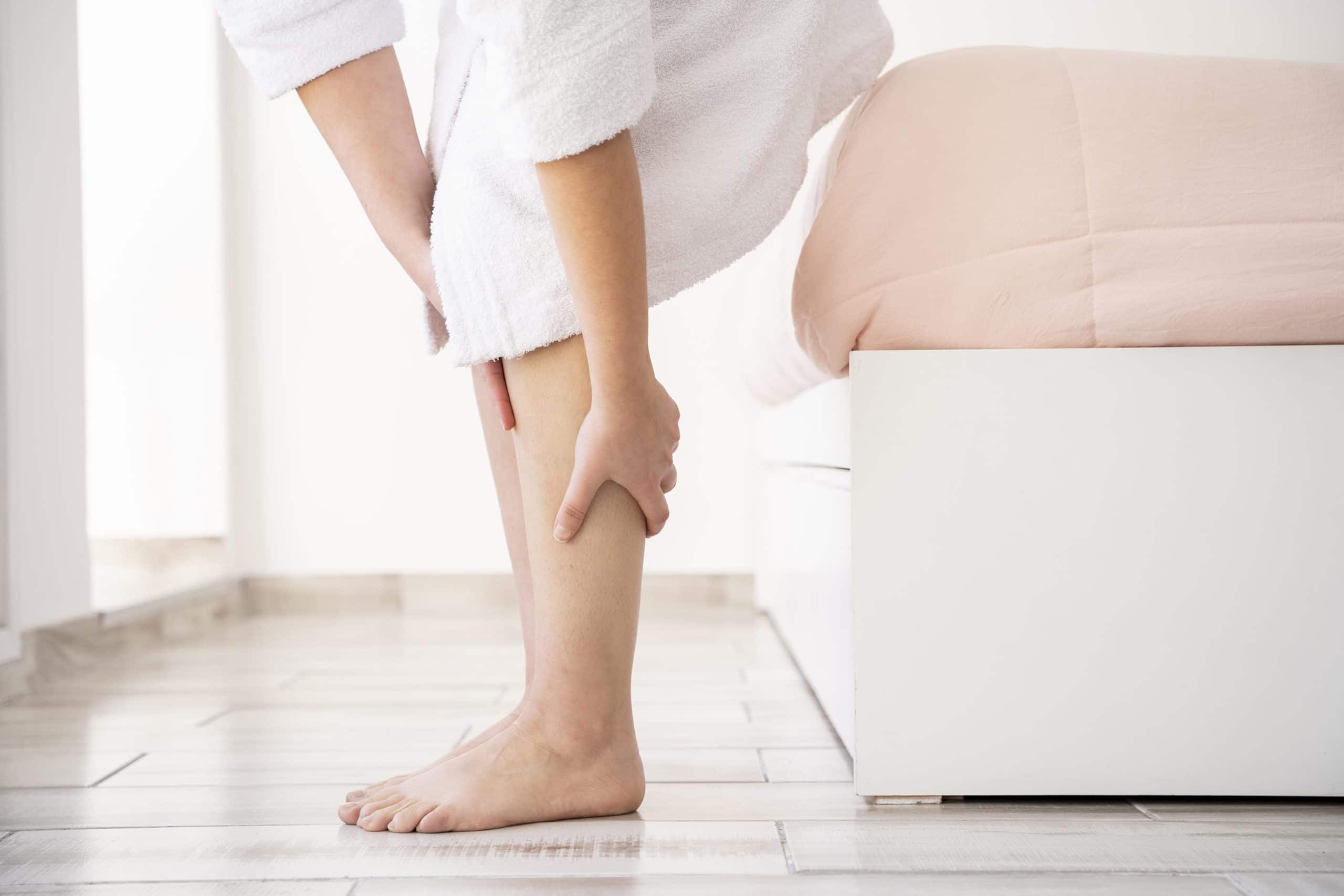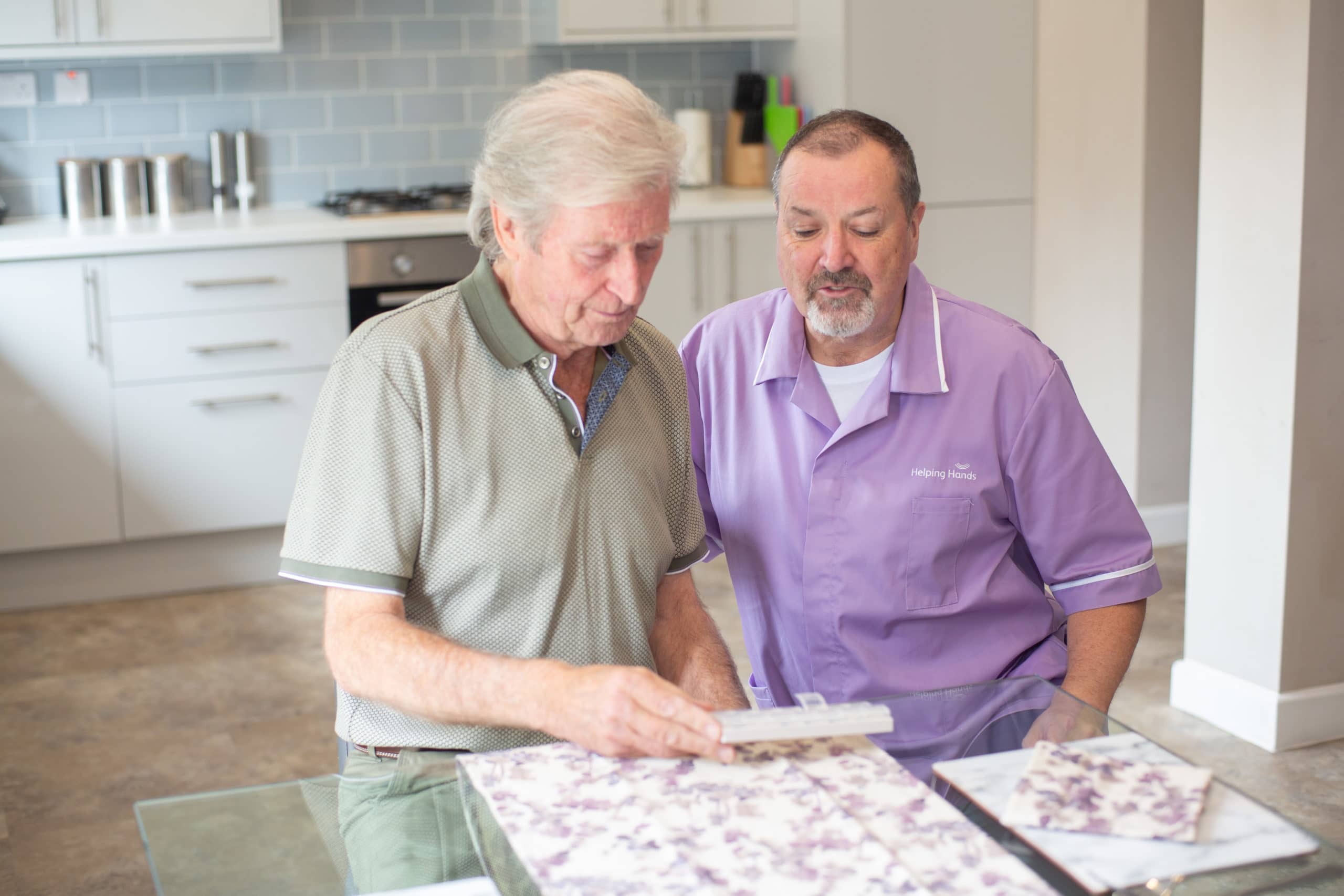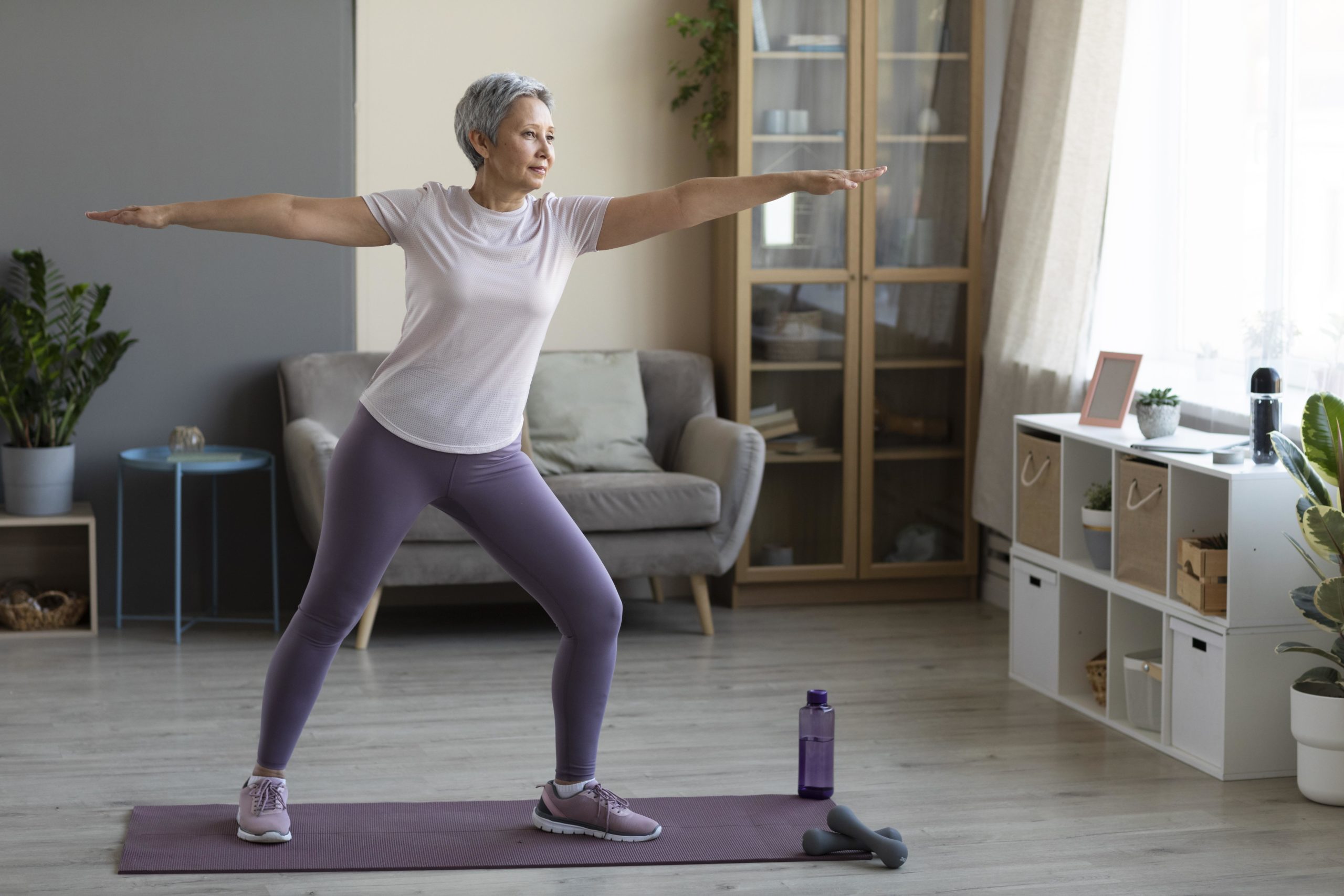According to Thrombosis UK, around one in every 1,000 people in the UK are affected by venous thrombosis each year, which is a blood clot in a vein. The most common type of venous thrombosis is deep-vein thrombosis (DVT) in the leg.
Deep vein thrombosis can be a serious condition where a blood clot occurs in one of the deep veins (usually in the leg). A DVT can be extremely painful and should be treated urgently, as if the clot dislodges, it can travel to the lungs and cause a pulmonary embolism – a blocked blood vessel in the lungs.
The British Heart Foundation provide funding in to research to help better understand the process that causes deep vein thrombosis, and they estimate that around 60,000 people develop deep vein thrombosis in the UK every year. We have written this simple article in partnership with the British Heart Foundation to explore the signs and symptoms of deep vein thrombosis and provide some information on how it can be treated.
Signs of DVT
Spotting the signs of a DVT is the most important thing you can do to prevent serious complications from a blockage. The sooner a DVT is identified and treated, the lower the risk of developing more serious conditions, such as a pulmonary embolism. Deep vein thrombosis most commonly occurs in the leg, but the following symptoms can also happen in the arm or abdomen if that’s where the blood clot is. If you notice any of the signs or symptoms of deep vein thrombosis, you can contact NHS 111, your GP or call 999 if you experience symptoms such as breathlessness or chest pain.
Symptoms of deep vein thrombosis in the leg are:
- Throbbing or cramping pain in one leg (rarely both legs), usually in the calf or thigh
- Swelling in the leg
- Warm skin around the painful area
- Swollen veins that are hard or sore when you touch them
- Red or darkened skin around the painful area
- Breathlessness – if you experience this symptom, please seek medical assessment urgently.
- Chest pain – if you experience this symptom, please seek medical assessment urgently.

Who is at risk of DVT?
Anyone can be affected by deep vein thrombosis, but there are a number of risk factors that can mean a DVT is more likely to occur:
- You are over 60 – age can be a risk factor for DVT, but it can occur at any age.
- You are overweight – there are several reasons why being overweight can increase the risk of DVT, but one is that it can contribute to the narrowing of our blood vessels, which can affect the blood flow.
- You smoke – the chemicals in cigarettes can lead to a build-up in blood vessels, which can lead to blockages.
- You take the contraceptive pill or HRT – there is an increased risk of experiencing DVT when taking oral contraceptives or hormone replacement, the oestrogen/progestogen in the medication can increase the risk of blood clotting.
- You have had DVT before – you may be at a higher risk of experiencing one again.
- You have cancer – cancer can cause the blood to become ‘sticker’ and more likely to clot. Certain types of cancer and their treatments can also increase the risk of blood clots.
- You have heart failure – there are several reasons why heart failure can increase the risk of clotting, such as damage to blood vessels or not being able to be as active as before.
- You have varicose veins – varicose veins can cause blood flow to become sluggish in the legs, making it more likely to develop a clot.
There are also some environmental factors which can make you more at risk of DVT, such as:
-
- You have recently had an operation and have had to stay in hospital
- You are bedbound or are confined to bed
- You go on a long journey (more than 3 hours) by plane, car or train
- You are pregnant or if you’ve recently had a baby
- You are very dehydrated
How is DVT diagnosed?
If you have spotted any of the signs of DVT and have contacted 111, your GP or emergency services, the healthcare professional will ask you a series of questions and possibly examine for signs of DVT themselves.
If they believe you have DVT, you should be referred to hospital within 24 hours for an ultrasound scan. The scan shows whether blood is flowing normally through the vein. You may also have an X-ray of the vein (venogram) – where you will be injected with a dye to show where the blood clot is.
Treating DVT
You may be given an injection of an anticoagulant (blood thinning) medicine, such as heparin, while you’re waiting for an ultrasound scan to diagnose the DVT.
After DVT is diagnosed, the main treatment is tablets of an anticoagulant medicine, such as warfarin and rivaroxaban. Most commonly, people take the tablets for at least 3 months with monitoring from their GP.
Alternatively, if blood thinning medicines are not suitable, you may have a filter put into a large vein (the vena cava) in your stomach. The filter stops a blood clot travelling to your heart and lungs, preventing a pulmonary embolism.
Treatment for a DVT in pregnancy is different, as you may be given anticoagulant injections for the rest of the pregnancy and until the baby is six weeks old.

Recovering from DVT
Recovering from deep vein thrombosis is a combination of medical treatment and lifestyle changes you can do yourself. We understand that experiencing DVT can have an emotional and physical toll, and part of your recovery is coming to terms with what has happened and taking steps at your own pace. Once you have been discharged from hospital, your medical team are likely to encourage you to do the following:
- Staying active and walking regularly – this will help towards full recovery and help improve circulation, by simply moving more you may decrease your risk of developing another DVT.
- Keep your affected leg raised when you’re sitting – this helps reduce swelling and pain and can help the circulation.
- Avoid embarking on any flights or long journeys until at least two weeks after you start anticoagulant medicine.
- If you are advised to wear compression socks, your doctor will measure your leg size and provide medical-grade compression socks to help blood to flow back up the legs to the heart to stop it from pooling and clotting. Compression stockings can also help reduce swelling and pain.

How to prevent DVT
Whether you have already experienced deep vein thrombosis, or you are considered at risk, there are several things that you can do to help minimise your risk of developing a DVT:
- Stay a healthy weight – obesity and holding extra weight around your stomach can increase your likelihood of experiencing DVT, monitoring your weight can reduce your risk.
- Stay active – having an active lifestyle and taking regular walks can help improve the blood flow around your body.
- Drink plenty of fluids to avoid dehydration – DVT is more likely to occur if you are dehydrated, as your blood may become thicker and more likely to clot.
- Stop smoking – When you smoke, the chemicals in cigarettes make the walls of your arteries sticky, which can cause fatty materials to get stuck and over time it can begin to build up and clog the artery, which can lead to DVT or other serious conditions.
Helping Hands
Over the last 60 years, research funded by the British Heart foundation has helped transform the lives of those living with heart and circulatory conditions. And as our charity partner of the year, we are committed to supporting the BHF to beat heartbreak forever.
If you or a loved one have experienced a DVT and need a little help at home, Helping Hands are here to provide person-centred support to help you get back on your feet. Working alongside district nurses and GPs, we’ll provide a bespoke level of support to help you to recover and live well following a DVT.
For more information on our home care services, please feel free to email or simply request a callback so that we can call you at a suitable time.
Page reviewed by British Heart Foundation, on November 15, 2021

